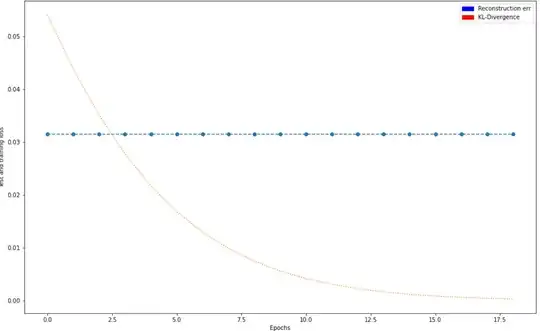Suppose I have a parametric nonlinear model, say $$ y_i |\theta \sim N(f_{\theta}(x_i), \sigma^2) $$ with known form of $f_\theta$. We get data $d=(y_i,x_i)_{i=1,\ldots,n}$ and obtain posterior samples so we can make inference on $\theta|d$. This data is collected in such a way that $x$ is not random, but rather fixed by experimental design.
Now suppose I get new data $y^{(new)}$ but no $x^{(new)}$. Is there someway I can utilize my previous Bayesian model to make posterior inference about $x^{(new)}$?
EDIT: apparently in frequentist world this is called inverse prediction and the initial dataset is called a calibration dataset.
EDIT2: What would the consequences be if I were to fit the inverse model $$ x_i|\theta \sim N(f^{-1}_\theta(y_i),\sigma_x^2) $$ Note that $x_i$ in the calibration set are fixed and measured without error, so this seems strange to me and probably problematic in some way. I then could get my answer by using the predictive posterior $p(x^{(new)}|x)$. In retrospect this approach seems nonsensical.
EDIT3: My particular model can also be formulated as $y_i = f_\theta(x_i) + \epsilon_i$ where $\epsilon_i \sim N(0,\sigma^2)$. I could use my posterior samples to draw from this residual $e_j \sim \epsilon|d$ and then $f^{-1}_\theta(y^{(new)} - e_j)$ might be samples from the distribution I am interested in. Thoughts?
